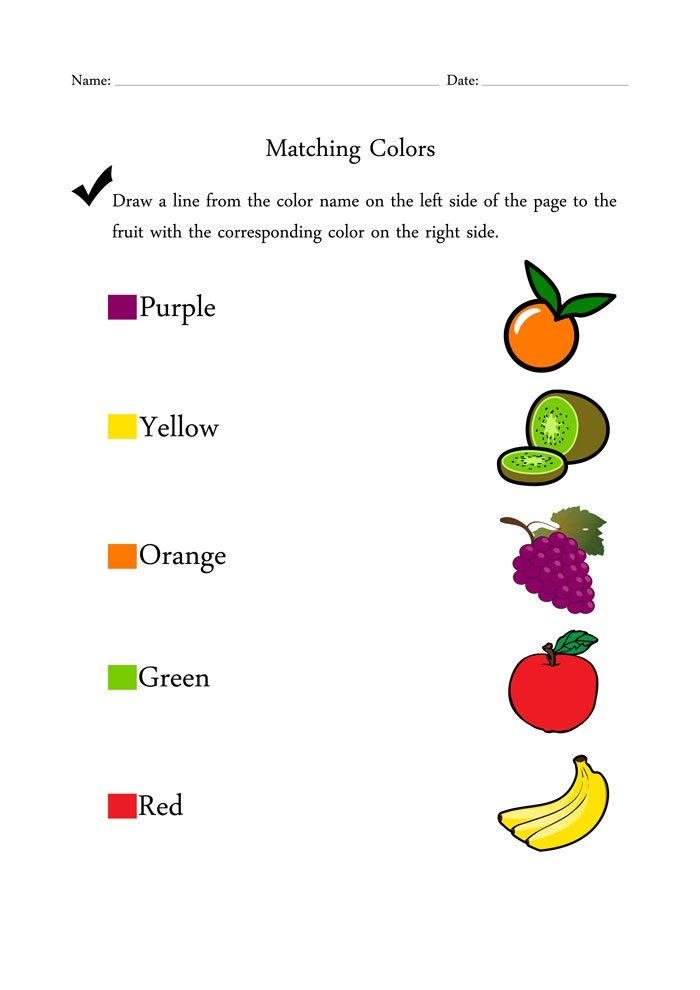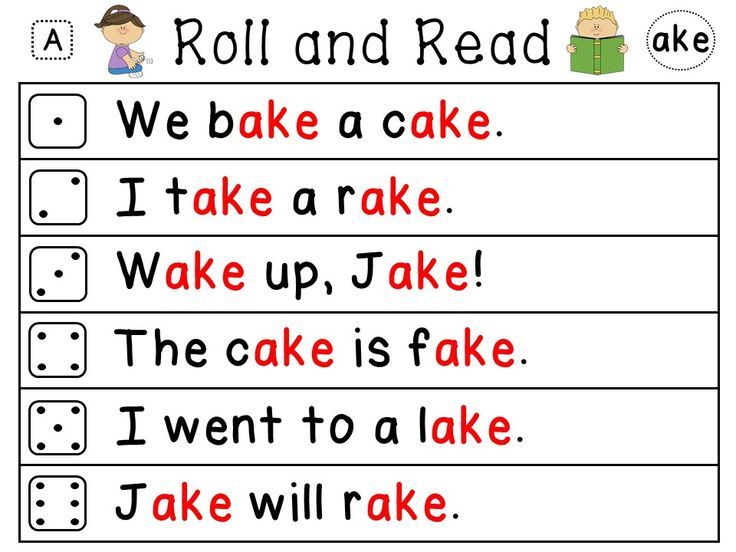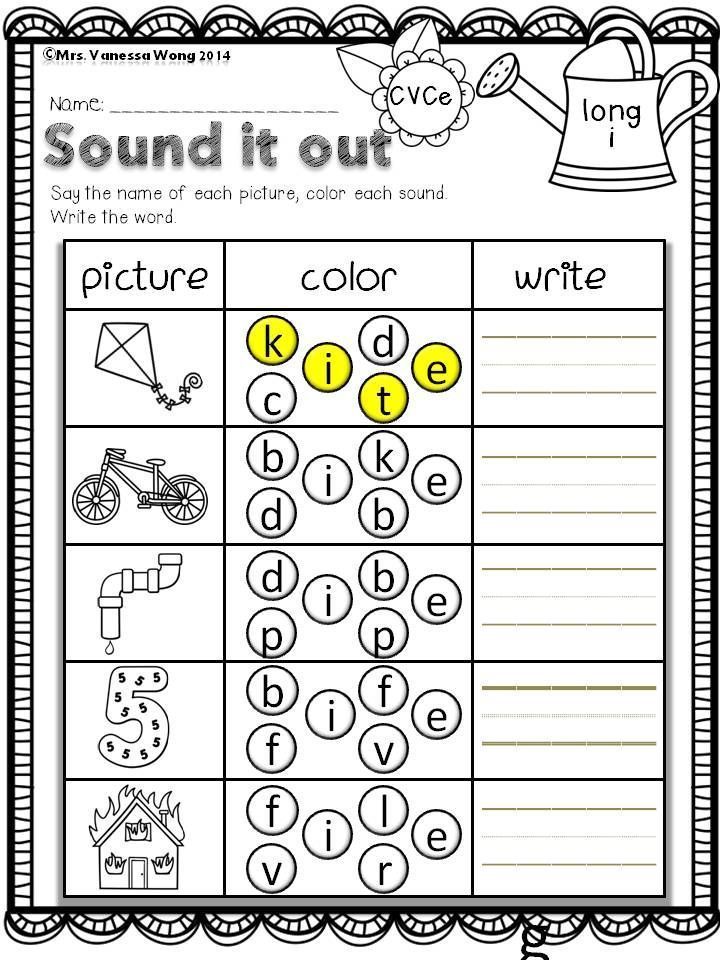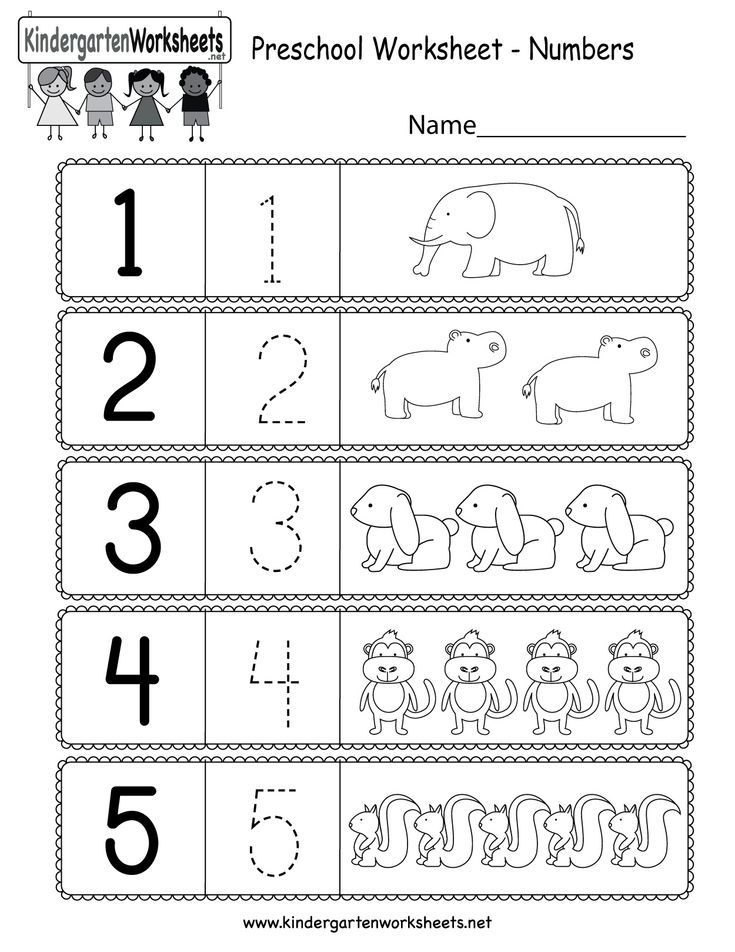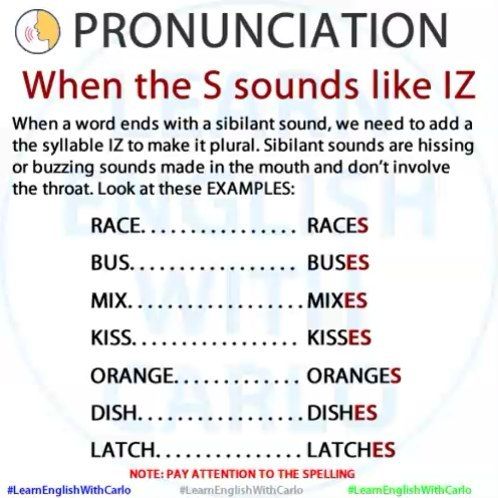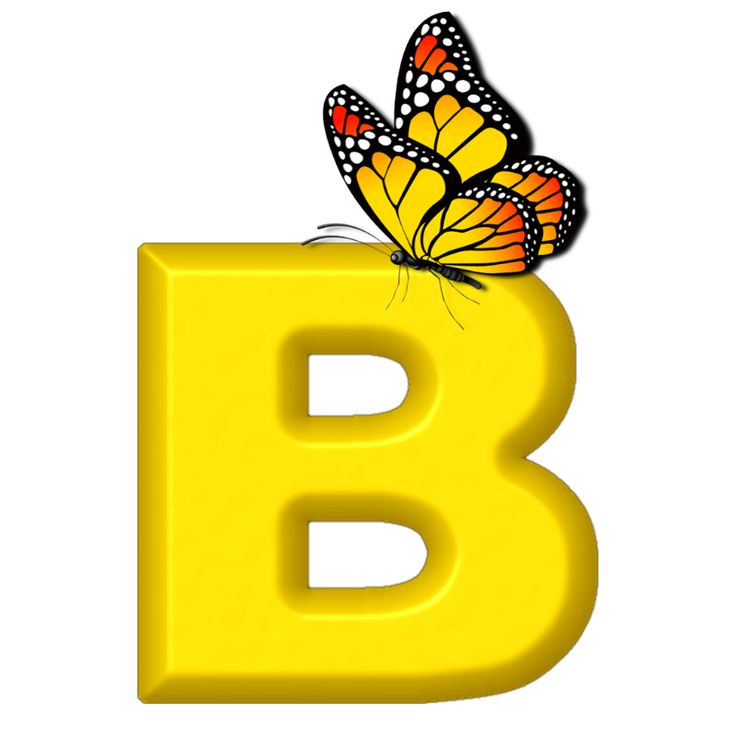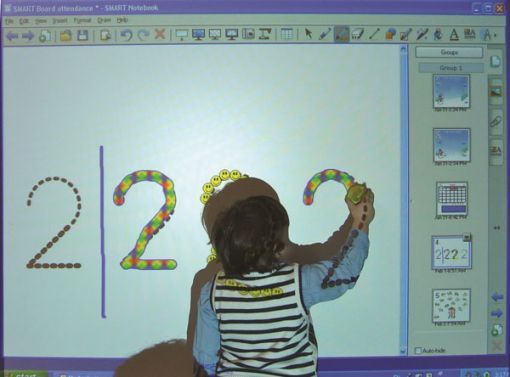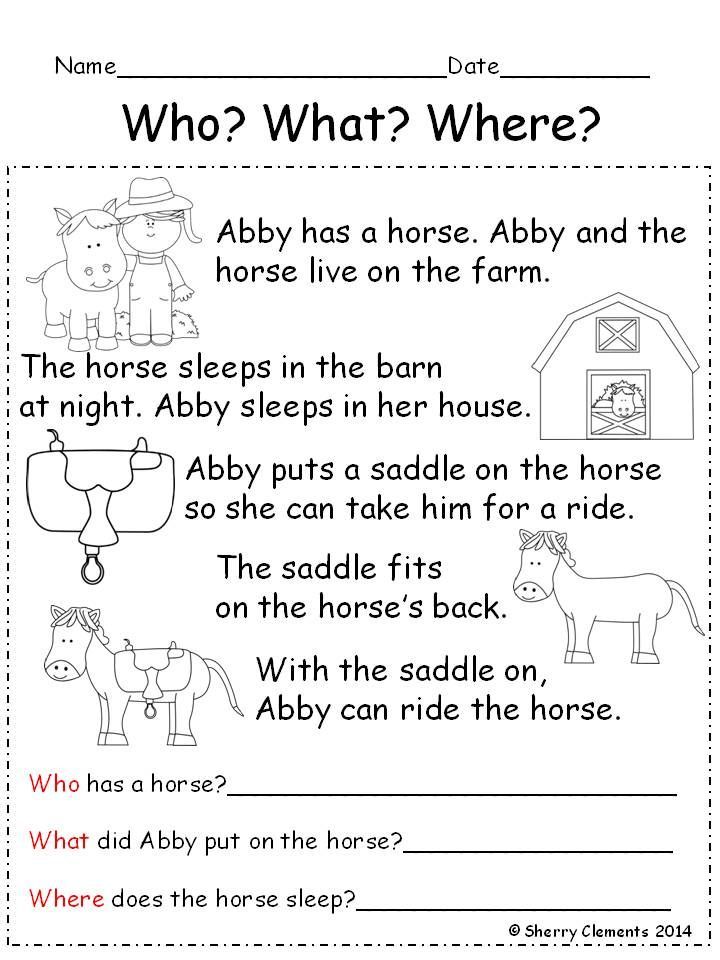Learning the abc alphabet
Help Your Children Learn the ABC's with 3 Proven Strategies
Want Your Kids to Read Faster & Better? Sign up & Get 2 FREE Weeks of access to RedCatReading.com!
Hurry, ending soon!
Password
Confirm Password
Learn ABC Video!
1. Why Kids Should Learn the ABC Alphabet Early
2. Alphabet Letters Chart
3. Learning Tips
4. Book
5. Review
Learning the ABC’s Before They Start School is Absolutely Vital to Your Children’s Success
Alphabet Letters Chart
Learning the English alphabet is one of the first major academic challenges your children will face in life, and it’s also one of the most important. After the first year in school, 1/3 of 6-year-olds are struggling with reading. After two years, 14% of students are still struggling with reading and falling progressively more behind their peers.
At Red Cat Reading, we help children learn and master their ABC’s using advanced and specially designed games, videos, and even abc songs so that they are way ahead of their peers before they ever step into the classroom!
But before we explore the benefits of Red Cat Reading, let’s first look at 3 specific benefits of helping your children successfully learn their ABC’s before they start school:
1. Learning the ABC Alphabet Helps Improve Basic Speech and Communication Skills
For many children, learning the ABC’s doesn’t begin by memorizing the alphabet: It begins with their parents reading stories to them. By age 2 or 3, children who are regularly read to, start to realize that books are made of text and the text is made of letters.
This helps create an awareness of the importance of the English alphabet while also helping facilitate a better overall understanding of basic speech and communication skills that aid your child throughout their entire life.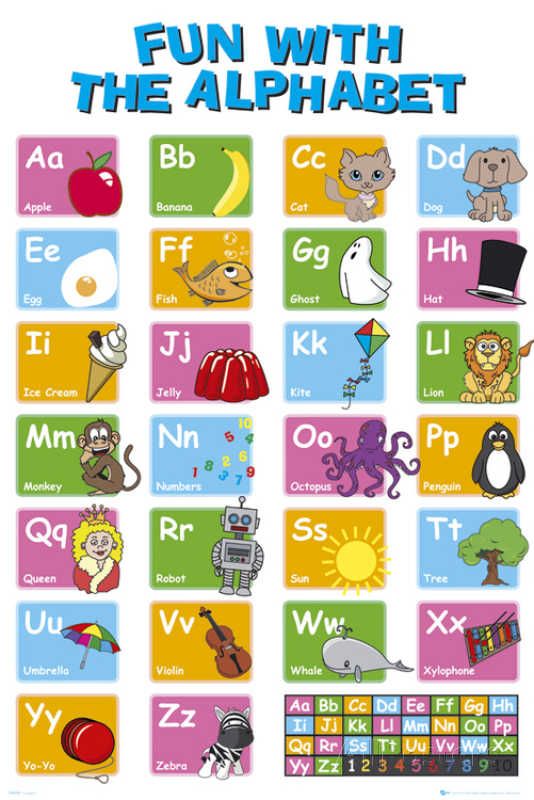
2. Knowing the ABC’s Before School Starts Gives Your Child a Growing Advantage Over Their Peers
Children who already know the ABC’s before school starts are about 1 year ahead of any peers who didn’t learn them prior to starting classes. So while the other children are playing alphabet phonics games and learning the alphabet, your child is already reading and building their vocabulary.
It is not uncommon for teachers to provide more personalized attention to students who already know the ABC’s and are reading. Over time, this specialized attention and a growing vocabulary will help expand your child’s lead over their peers and help set them up for greater success in all phases of life.
3. Learning the ABC’s Before School Helps Your Child Socially and Emotionally
Helping your child learn the ABC’s before school starts means they don’t have to worry about struggling with reading in class. Up to 1/3 of all 6-year olds are struggling with reading after the first year of school, which can create social stigmas, aversions to school, and lead to lower overall success in the classroom and beyond.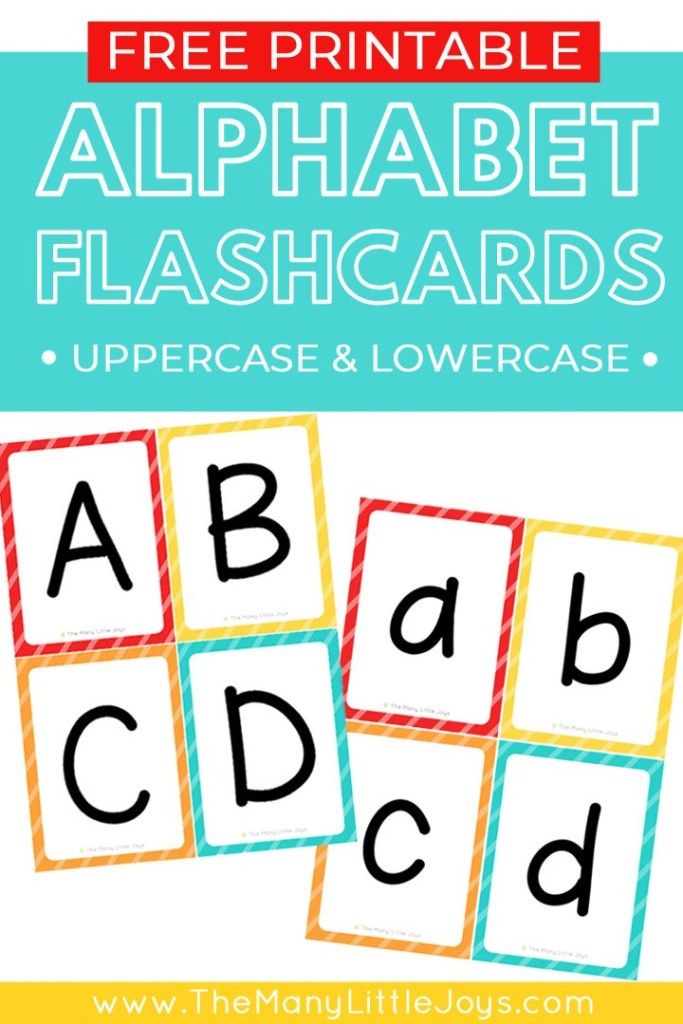
But instead of struggling, children who learn the ABC’s before school starts actually tend to “take off” academically, socially, and emotionally. Their self-confidence and motivation soars with each new book they read.
3 Ways to Help Your Child Successfully Learn ABC’s
There is little doubt that learning the ABC’s before starting school can help your child succeed in both the classroom and life itself. But what can parents do today to help their children successfully learn the alphabet? Here are 3 solutions you can implement immediately:
1. Get Them Interested in Stories Early On
For most children, alphabet learning begins with listening to the stories read to them by their parents. In particular, regular reading helps expand their knowledge, facilitate greater communication skills, and most importantly, it helps your child understand that the stories change depending on the text inside the books (or iBooks) and that the text is made up of letters from the alphabet.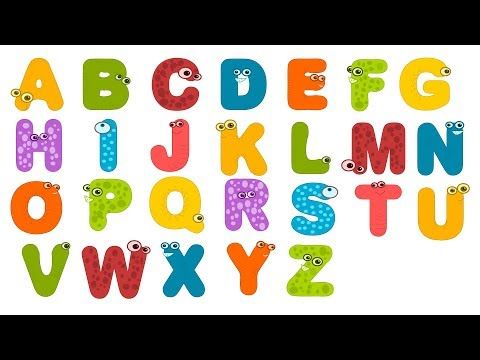
From there, you can begin reading along with the child and sounding out words to start teaching the ABC’s.
2. Start with Their First Name
Your child’s name is one of the first words they recognize and it’s a great place to start when teaching the ABC’s. Begin by spelling out the child’s name using cut-out letters that you can place on their bedroom door, on artwork they created, etc…
Next, help your child identify and remember each letter in their name through repetition and positive reinforcement until they’ve mastered it. Once they have memorized the letters in their name, you can start playing simple alphabet games with the letters in their name. So if the child’s name is Dan, start by listing 3-5 simple words that start with “D” and use repetition and positive reinforcement until they have memorized the list and then move on to “A,” and so on.
The point is, get them engaged in learning their ABC’s but keep it simple enough for them to score easy wins and build their confidence.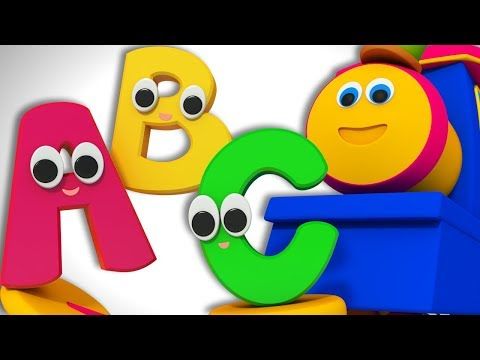 Alphabet games are a great way to connect with your child!
Alphabet games are a great way to connect with your child!
3. Play ABC Games with Your Children
When learning is fun, it’s easy for children to master their ABC’s. So instead of making learning about memorizing the letters of the alphabet, make it one big game. Specially designed ABC games, videos, and even songs are great educational tools for younger children because they make learning seem like a game instead of hard work.
Even simple things like buying magnetized letters for your refrigerator can transform snack time into a great learning opportunity. Write the ABC’s – just pick a letter of the alphabet from the fridge and ask your child to spell and write down five words that begin with the letter you selected. ABC worksheets can help kids learn to write while they’re learning the phonics sounds. Alphabet word games don’t have to be hard or complex to be very effective – remember, just make it fun and your children will do the rest!
How Red Cat Reading Helps Your Child Learn the ABC’s and Get Ahead in Life
For parents with loads of free time, regular story books can effectively teach children the ABC’s but they aren’t very efficient.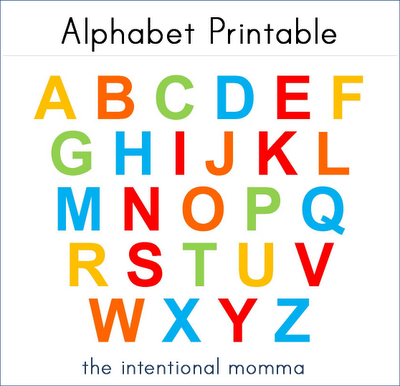 Even selecting the wrong books to read to the child can actually hamper learning and growth if the material isn’t specifically designed to teach phonics or the alphabet.
Even selecting the wrong books to read to the child can actually hamper learning and growth if the material isn’t specifically designed to teach phonics or the alphabet.
At Red Cat Reading, we take a very unique but scientific approach to teaching children the ABC’s. Instead of relying only on traditional books that can be a bit boring for the child, we employ specially designed animated graphics, videos, ABC songs, and ABC games. Every resource is based upon phonics and specifically designed to help your children learn alphabetical sounds. Our reading system actually breaks the process of learning down into step-by-step components that gradually introduce sound-spelling patterns at the appropriate time for your child’s skill level.
Now here’s the best part: because we know you have a very hectic life and busy schedule, all the resources in our system are available in a downloadable format and accessible on any device with internet access! So you can help your child learn the ABC’s anywhere or anytime that is convenient for you! From learning the ABC’s to full reading mastery, Red Cat Reading is here to help your child’s success today, tomorrow, and throughout their life!
Conclusion
Learning the ABC’s is one of the first and most vital academic challenges any child will ever face.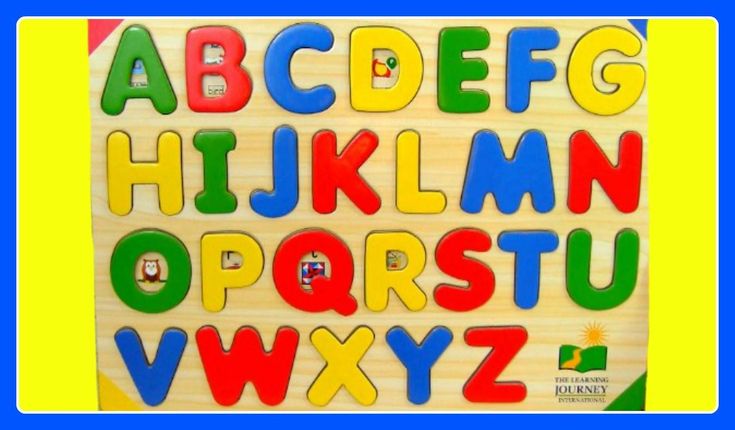 If they learn the ABC’s before school starts, they will typically enjoy a growing advantage over their peers in both school and life itself. If they fail to learn their ABC’s before school, however, they may struggle with reading and academic success for years to come.
If they learn the ABC’s before school starts, they will typically enjoy a growing advantage over their peers in both school and life itself. If they fail to learn their ABC’s before school, however, they may struggle with reading and academic success for years to come.
At Red Cat Reading, our deceptively simple videos, songs, and ABC games are all components in one of the most advanced reading mastery systems ever developed. Although we make learning to read fun and exciting, every video, song, and ABC game is designed to help your child achieve a specific objective on their way to reading mastery and overall success in life!
Get Started Today!!
Look Inside the Book!
Sign Up to Our Free Trial (or Sign In) to Download Books!
Want Your Kids to Read Faster & Better? Sign up & Get 2 FREE Weeks of access at RedCatReading.com!
Hurry, ending soon!
Password
Confirm Password
Introduce your child to the English alphabet through playful animated illustrations of their favorite animals and creatures. Talking ABC Animals for Kids (Enhanced Version) is the perfect alphabet learning tool for your toddler. Each colorful animal illustrations come to life through animation and video as your child explores the scene. Talking ABC Animals for Kids (Enhanced Version) will keep your child’s attention while they absorb the alphabet with their animal friends.
Talking ABC Animals for Kids (Enhanced Version) is the perfect alphabet learning tool for your toddler. Each colorful animal illustrations come to life through animation and video as your child explores the scene. Talking ABC Animals for Kids (Enhanced Version) will keep your child’s attention while they absorb the alphabet with their animal friends.
Fully Animated
Not only are the animals and letters presented in colorful artwork, full videos of each animal in its natural environment will help your child recognize them even better than before.
Interactive Scenery
Hidden animation on every scene will keep your child’s mind engaged and attentive!
Educational Audio
Your child will learn the alphabet with ease with a friendly voice guiding them through the book. They’ll hear the name of the animal, the name of the letter, its proper pronunciation and a simple phrase matching the animal with the colors and places.
Awesome Video
Hidden in each scenario is a high resolution video showing the animal in action in their natural environment. Plus, these videos are accompanied by full audio sentences to teach verbs and other actions. Kids will have so much fun learning the English alphabet with interactive animals!
Features
– 26 letters of the English alphabet presented with animated pictures and video
– Audio samples presenting examples and easy vocabulary like colors and simple actions
– Big buttons perfect for young fingers!
– 3 different vocal expressions
– Easy-to-use e-book interface
Download ABC iBook!
My young daughter loves this book, especially the cute animations and sounds. She can say the ABC’s really well now! Anna C.
Your books are always funny and entertaining. My toddler enjoys reading this book on our iPad again and again.Samantha H.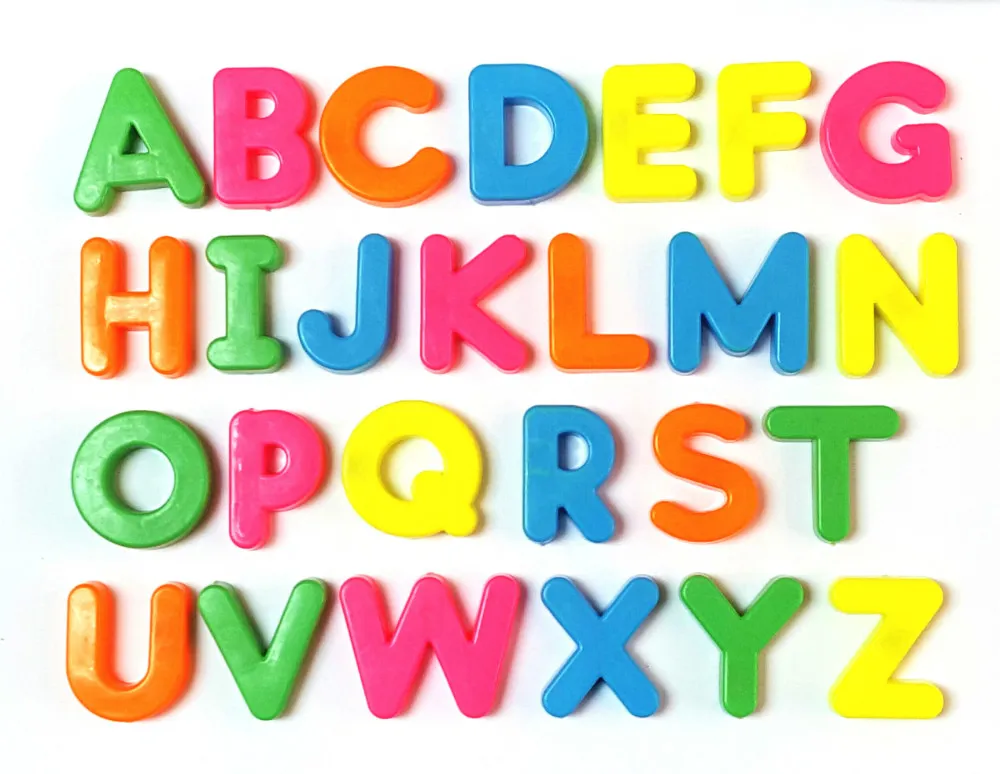
My 3 year old son needed some help learning his ABC’s. He could use this book all by himself which is really great for busy parents.Richard P.
Review the ABC’s
Play the ABC audio!
Review the ABC’s with your child now!
1. Point to each letter, and repeat 2x
2. Play the audio in full
How to Get Your Child to Learn the ABCs Fast…
with Games, Songs & Videos They’ll Love – FREE
Your children already LOVE games, apps , songs and videos. So why not help make learning the ABCs fun with effective methods – instead of boring books?
That’s exactly what you get at RedCatReading.com – fun lessons based on phonics that help your toddlers learn how to read and master the alphabet. In fact…you can 2 weeks of access to our reading program for free!
- Learn the ABCs Easily with Kids vs Phonics Lessons
- Access Fun Videos, Songs, Games, Books & Mobile Apps
- Get Full Access to the Leveled Red Cat Reading Program
- 130+ Lessons in Total: Digital Books, Video Lessons & Songs
- New FREE Books, Video Lessons & Audio Lessons every month
- Kids vs Life Books for Kids with Reading Experience
- 100% Risk Free.
 No Credit Card Required to Join.
No Credit Card Required to Join.
Join Now to Get Your FREE Red Cat Reading Account.
Password
Confirm Password
Join Red Cat Reading
Simply fill out the form to join Red Cat Reading!
Take 10 seconds to join and we’ll give you 2 FULL weeks of access to the Red Cat Reading Program.
Your child will learn the ABCs fast with our phonics games, songs and video lessons.
ABC Learning Alphabet for Kids on the App Store
Description
● PEEKABOO LETTERS ● ABC,ANIMAL MEMORY MATCH GAME ● COLORING BOOK A - Z ANIMALS ● ANIMALS LETTERS ● PUZZLE ANIMAL GAME
A perfect application for preschooler.
This app provides many different method to learn alphabet with lovely image and high quality pronounce include ABC activities and games.
● LEARN ABC
Become familiar with the alphabet. With cute letters and funny animation and video song alphabet.
With cute letters and funny animation and video song alphabet.
● PEEKABOO LETTERS
Where are the letters hiding? A funny game for toddlers to train and practice cognitive skills. Improve spatial perception and motor skills.
● ABC,ANIMAL MEMORY MATCH GAME
Improve memory and concentration by play memory game and learn the alphabet letters.
● COLORING BOOK A - Z ANIMALS
Relax and learn with drawing and filling colors for 26 pictures animal and letters from a to z.
● ANIMALS LETTERS
Find and match the letter with animal begin with this letter. Drag and drop game with 26 letters and 26 animals.
● PUZZLE ANIMAL GAME
A jigsaw game for children. With two level easy and difficult, this game suitable for all ages:babies,toddlers,preschooler.
Thanks for comment!
Mail: [email protected]
Version 4.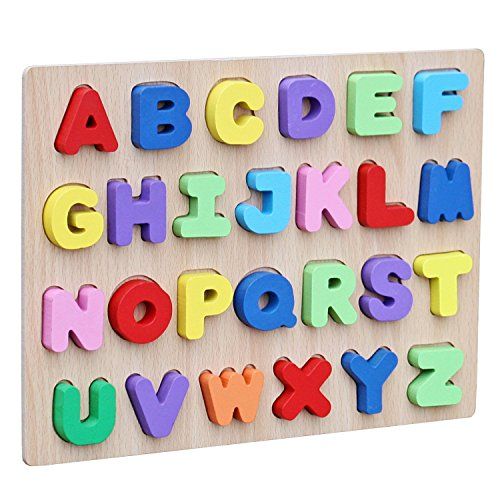 1
1
- Bug fixes
Ratings and Reviews
27 Ratings
The developer, Dao Thang, indicated that the app’s privacy practices may include handling of data as described below. For more information, see the developer’s privacy policy.
Data Used to Track You
The following data may be used to track you across apps and websites owned by other companies:
Data Not Linked to You
The following data may be collected but it is not linked to your identity:
Privacy practices may vary, for example, based on the features you use or your age. Learn More
Information
- Seller
- Dao Thang
- Size
- 72.4 MB
- Category
- Education
- Age Rating
- 4+
- Copyright
- © BiBo APP
- Price
- Free
- Developer Website
- App Support
- Privacy Policy
More By This Developer
You Might Also Like
Learning the alphabet: methods, exercises and games for children
The alphabet is the foundation of reading.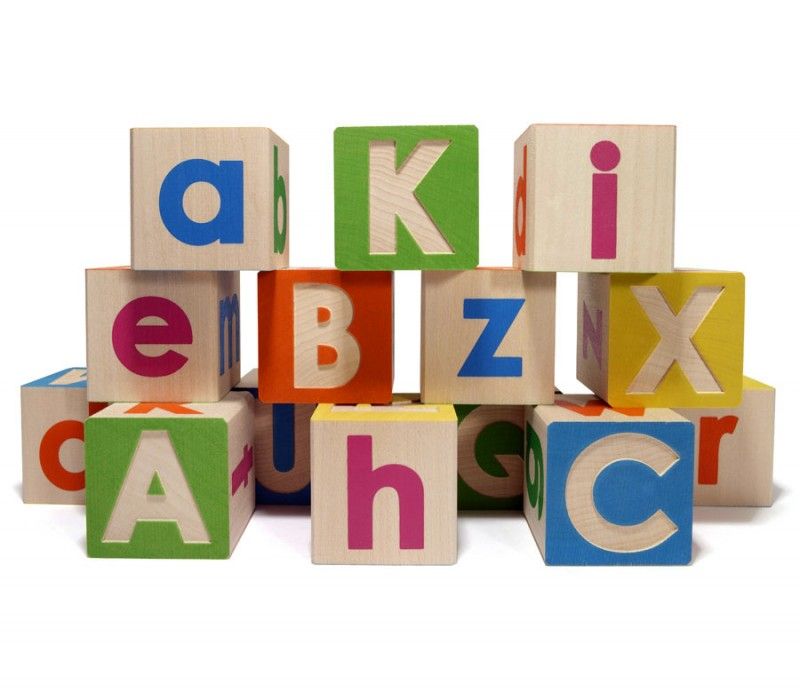 Therefore, before you start reading and writing, teach your children the letters.
Therefore, before you start reading and writing, teach your children the letters.
Children can start learning to read as early as preschool age. Parents and teachers need to teach their child how to pronounce sounds correctly in their native language. These are important prerequisites for learning letters and learning to read successfully. The educational process of preschool children is based on visual, acoustic and tactile exercises. The use of various channels of perception in the educational process increases its effectiveness and stimulates long-term memorization of letters.
Learning the alphabet: introducing the child to the alphabet.
To master reading, a child must learn and recognize not only the graphic form of letters, but also be able to compare them with their corresponding sounds. This means that the child must be able to write letters and pronounce them. When the child learns to correctly pronounce all the sounds in his native language and distinguish letters by visual form, go directly to reading.![]() As a rule, at the age of 5-6 years, most children no longer experience difficulties in this.
As a rule, at the age of 5-6 years, most children no longer experience difficulties in this.
See also: Reading and bilingualism. Bilingualism in children
From the age of 5 to 6, children begin to understand that there is a lot of information encoded in language using letters. Thus, they are interested in learning to read by then, as they are naturally curious.
Of course, babies can learn and memorize individual letters quite early. However, their interest, mostly spontaneous, is directed to individual words and letters. Here it is important to gently motivate the child by encouraging him to learn through games and a comfortable environment. However, too much pressure can lead to stress, causing little ones to lose any motivation to learn letters.
Alphabet learning games
The first rule of learning the alphabet: learn the letters one by one!
Don't forget, each letter is made up of visually similar elements. If you try to teach a child several letters at a time, he may become confused. Learn the letters one by one. One lesson - one letter.
If you try to teach a child several letters at a time, he may become confused. Learn the letters one by one. One lesson - one letter.
Second rule of learning the alphabet: take your time!
Give your child enough time for each letter. Plan 1-2 lessons for each new letter. Organize the lesson in a form that is interesting for the child with the help of games.
Tactile method: from studying letters to reading
The child sees something abstract in a letter. Chains of associations will help in learning letters. Associating each letter with something specific or familiar helps the child fix it in his memory.
1. Make a letter out of plasticine
Let's memorize what a letter looks like and develop fine motor skills.
We will need: plasticine (should be elastic), modeling board and a disposable plastic knife.
Together with your child, roll out 8 approximately identical sausages from plasticine.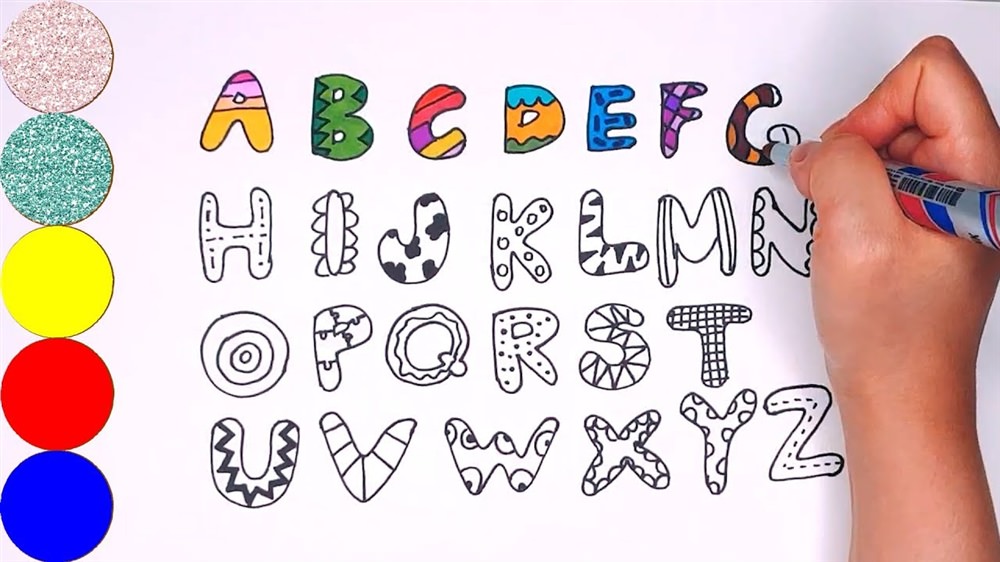 2 - divide in half, 2 - divide into 3 parts. From the remaining 4, make rings by blinding their edges and cut 2 of them in half, creating semicircles. Thus, you should get a set of elements to compose any letters of the alphabet. Show the child a couple of examples and ask them to repeat, collecting previously passed letters.
2 - divide in half, 2 - divide into 3 parts. From the remaining 4, make rings by blinding their edges and cut 2 of them in half, creating semicircles. Thus, you should get a set of elements to compose any letters of the alphabet. Show the child a couple of examples and ask them to repeat, collecting previously passed letters.
2. Magic wands
Let's memorize letters, learn how to make letters from sticks, learn how to transform letters.
We need: a set of counting sticks. If not, you can replace with matches or toothpicks.
The easiest way is to lay out letters from sticks according to a pattern or without a pattern (according to the idea). When the child learns to lay out all the letters, you can complicate the task by laying out objects familiar to the child from them, and then ask them to change them, for example, make a figure resembling a door out of sticks, and then ask the child to remove 2 sticks to make the letter P.
3.
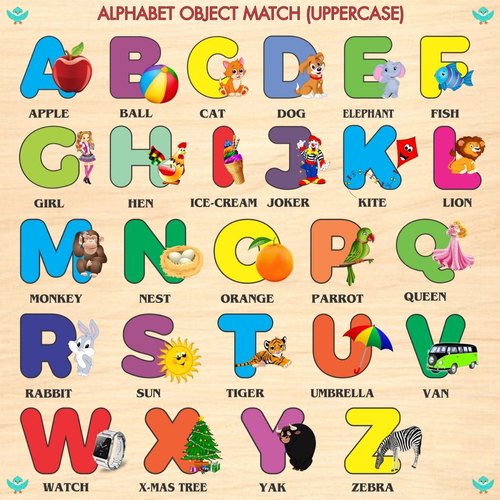 Tactile letters
Tactile letters Memorize letters and develop fine motor skills
We will need: sandpaper, velvet paper, scissors.
Cut out letters from sandpaper or velvet paper. The child will have to close his eyes to identify the letter by touch.
4. Draw a letter on the semolina
Memorize letters, develop fine motor skills
We will need: bright dish tray, semolina
Pour sand or semolina in a thin layer on the tray. Set an example for your child, show how to write letters on the croup with a finger or a stick. Ask him to write next to the letter, the same as you wrote, to write a letter more or less than yours, to add an unfinished letter, or to erase the extra detail of the "wrong" letter. Children will like this game, just shake the tray a little, and the mistake or inaccuracy made disappears!
5. Mirror letter
Memorize letters and train attention
We will need: cardboard, pencil and scissors
Prepare identical cards cards, 2 pieces for each letter.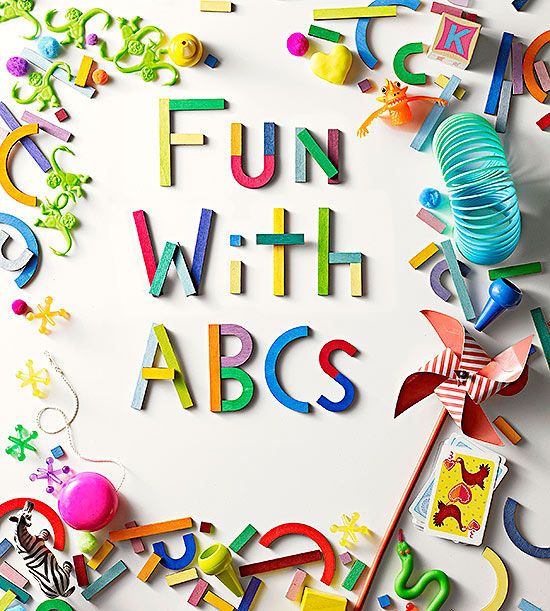 Write 1 letter on each card. Write the letters in mirror image and correctly. Lay out cards with the same letter in front of the child and offer to choose the correct one.
Write 1 letter on each card. Write the letters in mirror image and correctly. Lay out cards with the same letter in front of the child and offer to choose the correct one.
6. Memory test game
Train memory
We will need: scissors, cardboard and a pencil
The game "Memory Test" will challenge even older children. Write each capital letter on one card and lowercase letter on the other card. Turn over all the cards and place them on the table. Ask your child to match uppercase and lowercase letters. You can complicate and add a dictionary element. Have the children match the letter of the alphabet with the picture that starts with that letter.
7. Bean bag
Memory training
We will need: a bag of beans or other bulk material, a tablecloth or a large piece of paper.
If you want to warm up a bit while you study the letters, play a game of Beanbag. Write the alphabet randomly on a large piece of paper.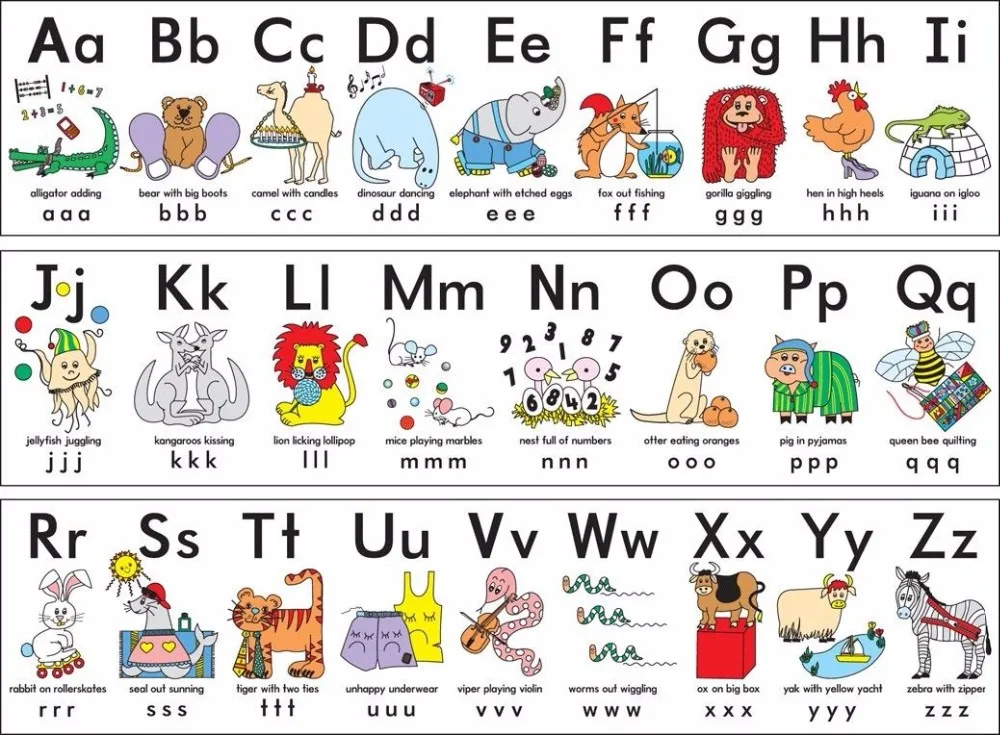 Give the children a bean bag and ask them to put it on paper. The child must name a word that begins with the letter on which the bag fell. If a student is stuck, help him.
Give the children a bean bag and ask them to put it on paper. The child must name a word that begins with the letter on which the bag fell. If a student is stuck, help him.
Ask the child to check the chosen letter with letters from the alphabet. Be sure to ask the name of the letter. The exercise will help children learn to distinguish visually similar letters and avoid mistakes when writing them in the future.
Drawing, coloring, cutting letters out of paper and gluing them together develop fine motor skills in children. Self-made flash cards with letters facilitate memory and associative thinking, creating the basis for tactile games. You can make postcards alone or with your child. Letters can be cut out of paper of various textures and pasted onto cards made of cardboard or paper. Then you can ask the child to pick up letters from 2-3 cards with their eyes closed.
Literacy begins with learning the letters of the alphabet. Combine different perceptual styles.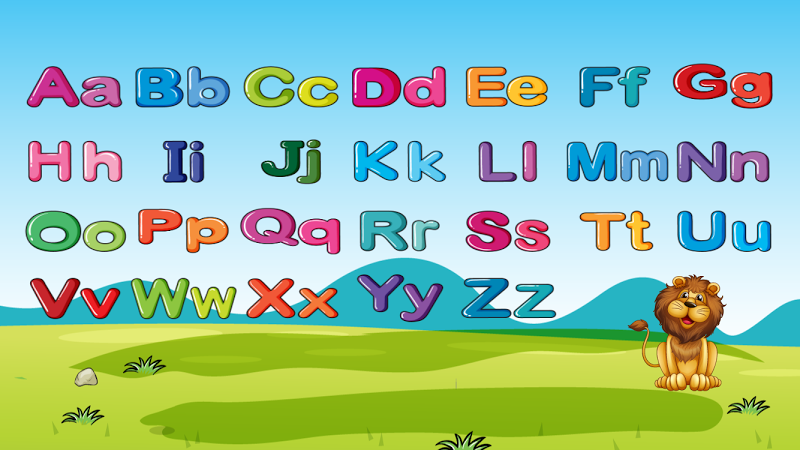 The alphabet learning games described above help children to learn letters at different levels. Moreover, fine motor skills play a crucial role in the formation of systematic connections in the mind of the child and create the basis for the development of reading and writing.
The alphabet learning games described above help children to learn letters at different levels. Moreover, fine motor skills play a crucial role in the formation of systematic connections in the mind of the child and create the basis for the development of reading and writing.
ABC online for children. We learn the Russian alphabet.
| Speaking alphabet - for kids Home Teaching letters | ||
| Read simple syllables Linking a letter to a syllable. Reading words and sentences by syllables Teaching numbers | ||
Hello dear parents.
Your child is growing up, and you have set yourself the task to teach him the knowledge of letters and teach him to read words . Most likely you already have both alphabet and cubes with letters from which you can add words. You may have already had unsuccessful attempts teach your baby the alphabet . The child, on the other hand, either confused the letters, or generally refused activities that were uninteresting to him. Especially for your children, this speaking alphabet was created, which will definitely interest the child and it will be easy and natural for him to learn letters with the help of familiar images.
Your children probably already know the computer well and will be happy to learn Russian letters of the alphabet on their own in a playful way with the pronunciation of letters and words by the cartoon heroine "Masha and the Bear" . You just need to click on any letter of the alphabet and your child will plunge into the world of letters and words . To reinforce knowledge, an easy-to-remember rhyme is specially selected, which Masha pronounces with expression and a short cartoon about a letter. The talking alphabet for kids was created with the support of a child psychologist and is designed to memorize letters, numbers and associated associations.
We are glad to inform you that we have abandoned Flash and switched to modern HTML5. Thus, the online alphabet is now fully functional on all modern devices, cross-platform and cross-browser. Just have your child click on the pictures and listen to Masha explain the meaning of .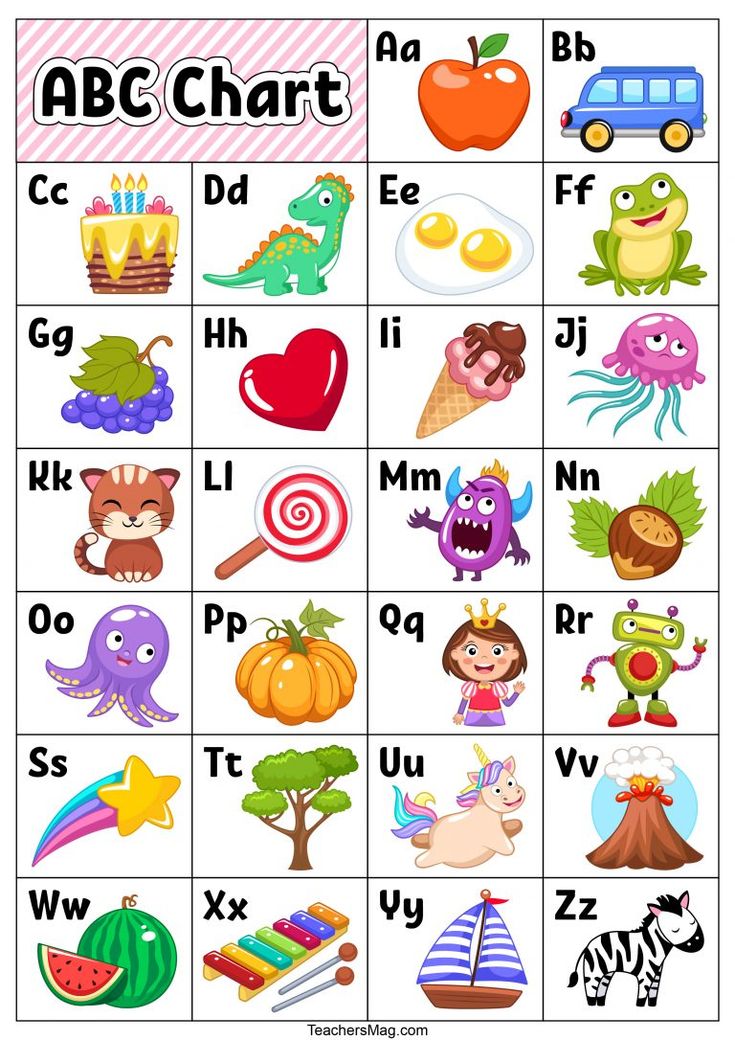 Learn letters from your tablet, iPad, laptop, computer...
Learn letters from your tablet, iPad, laptop, computer...
And one more thing. If you opened the site from a tablet or iPad and the mobile version loaded, turn your device to landscape position and refresh the page. The full version of the site will load.
Huge request to share the site in social networks. By doing this, you will help us a lot!
Don't forget to turn on the sound!
Note to parents
:
Why do you need to learn letters before school
Why do you absolutely need to teach your child at least the alphabet, if the first grade program includes learning from scratch?
Probably triggered parental instinct.
- You are sure that your classmates will already be able to read, and you do not want to see your child among the lagging behind. Maybe you yourself read before school and it was easier for you to comprehend science with some knowledge received from your parents.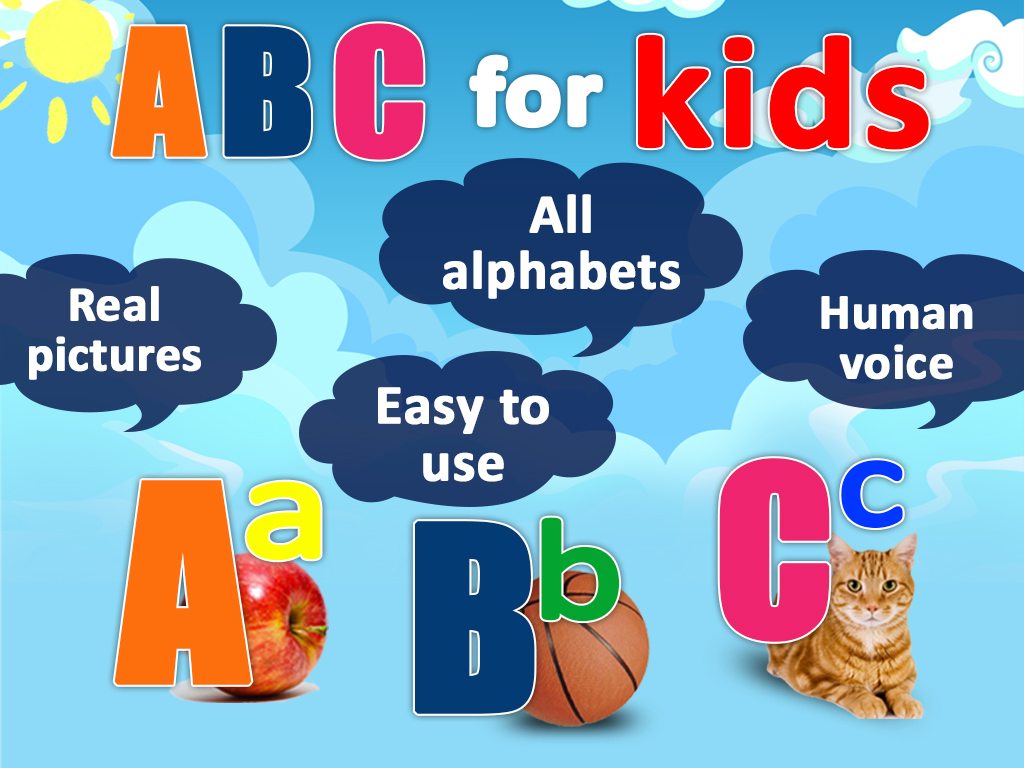
- Perhaps you want to distinguish your baby from the "gray crowd" of the same age, and proudly demonstrate the child's knowledge to friends and acquaintances.
- Perhaps the baby himself showed interest in learning letters and he has enough perseverance to devote 10 - 15 minutes a day to learning (Very good, if so!)
From four to five years, depending on the characteristics, the baby can already analyze objects and their purpose. He is interested in properties and possibly "strange drawings" written on them. If your baby asks, pointing to the words, what is it? Everything! Your child has "grown up" and you can gently, not intrusively start learning attempts.
But if the child still cannot concentrate on the task, refuses to repeat, is restless and gets tired quickly, then it is better to wait a while.
And another important point! Is it possible to harm the baby with activities? Yes, if the parent does not take into account the individual abilities of the child and overloads his intellect with too much information.

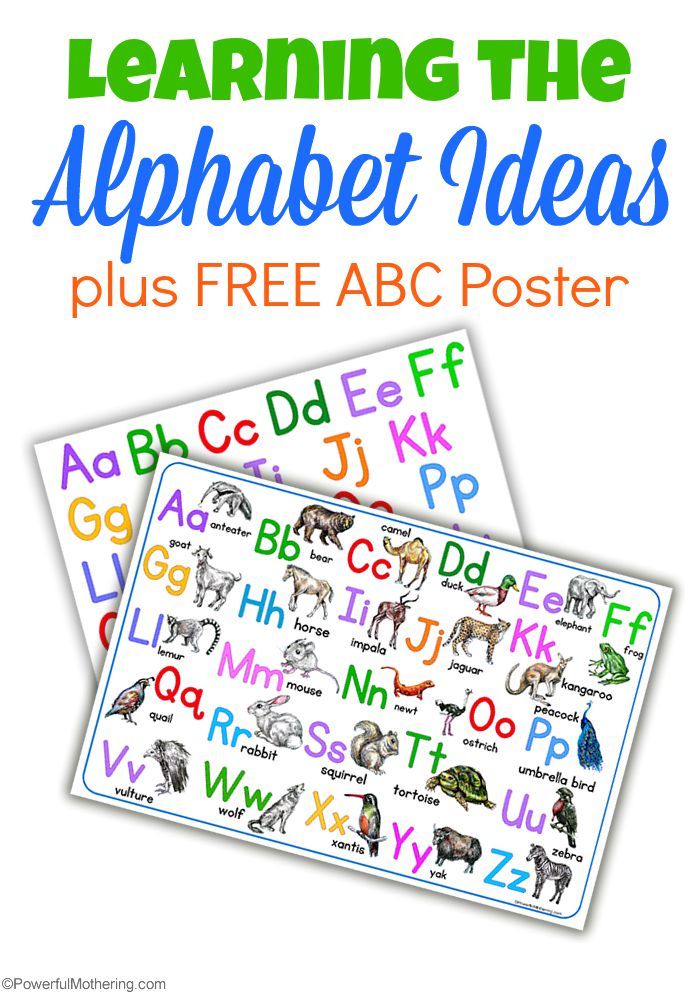 First words
First words 